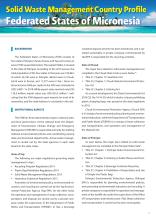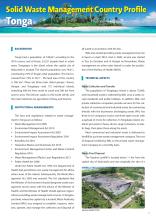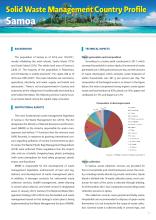Canna seabird recovery project: 10 years on


Island and Ocean Ecosystems, BRB
Available Online
Rats were eradicated in 20052006 from the islands of Canna and Sanday, Scotland (total area 1,320 ha). Poison bait was laid from December 2005 onwards and the last rat was killed in February 2006. An intensive period of monitoring over the next two years con?rmed that no rats remained on the islands. Seabirds have been monitored on Canna for nearly 50 years and some species have shown good evidence of recovery since the eradication. Other species have not recovered and this may have been due to mortality caused by food shortages or storm events which have been impacting seabirds in the region. These regional changes in pressures affecting the seabird populations make the interpretation of the impacts of the rat eradication programme much more difficult. Atlantic puffins, formerly con?ned to off shore stacks, have recolonised sites on the mainland of Canna and a count of over 2,000 was recorded in 2016. Manx shearwaters, which had ceased nesting in the monitored colony have made a slow recovery to one or two pairs in 2016. Productivity has also increased from a low of 0.2 chicks per nest in the 1990s to 0.74 in 2017. European shags nesting in boulder colonies were most susceptible to rat predation. One such colony has recovered from 45 nests in 2005 to 75 in 2016 and productivity increased from less than 0.7 chicks per nest to an average of 1.6 following eradication. Populations of shags nesting in cliff locations have shown no recovery or have declined. Mew gulls, which nest along the shoreline, have increased from ?ve to over 30 pairs. Other seabirds, such as common guillemots and black-legged kittiwakes, have shown no clear trends and are probably affected by other factors. Rabbit populations have increased on both islands, reaching an estimated 15,500 animals in 2013 that were causing considerable damage through grazing, erosion, and disturbance of archaeological remains. It is unclear whether the increase in rabbit numbers can be attributed to rat eradication. An intensive control programme has brought the rabbit population under control. While some seabirds have responded positively to the rat eradication, the response of some has been slow and others have not responded, probably as a result of regional pressures on their survival. It is important that monitoring of both seabirds and rabbits continues to track the success of this important seabird colony.









